A metal grid made from interlocked strands of wire creates an impressive combination of stability and pliability, ideal for a host of applications across various industries. Fences, screens, and filters are just a few examples of the items fashioned from wire mesh.
The wire mesh’s heft is decided by the wire strands’ gauge. The bigger the number, the thinner the wire – meaning that 4-gauge wire is substantially thicker than 12-gauge.
By increasing the number of strands in each inch of wire mesh, a finer mesh can be produced. However, if the strand count is reduced, this will result in a much thicker mesh being made.
Construction projects typically require wire mesh that is measured in gauges 10, 11, and 12; whereas the majority of industrial applications necessitate meshes of gauges 14, 16, and 18.
For the best results, it is essential to take wire mesh thickness into account when selecting a suitable product. Thick mesh may cost more, though it does offer greater strength and resilience. Thin mesh will be cheaper, but it also won’t be as sturdy.
When deciding on the best wire mesh for a product, weight-for-price must be taken into account. For example, if you’re buying mesh to build a fence, 10-gauge will offer more strength and longevity than 12-gauge; however, it will also come at a steeper cost.
Typically, the thicker the wire mesh, the sturdier and more resilient the product is sure to be. Though in some cases, a thinner wire mesh may prove to be preferable. Take for instance, a screen made from 18-gauge wire mesh, which comes with a lower price tag than that of a 16-gauge wire mesh screen, though it may be less hardy.
Ensuring that the correct thickness is selected for a wire mesh product is essential, and it is advisable to speak to an expert to make sure it is the right one.
Related Product
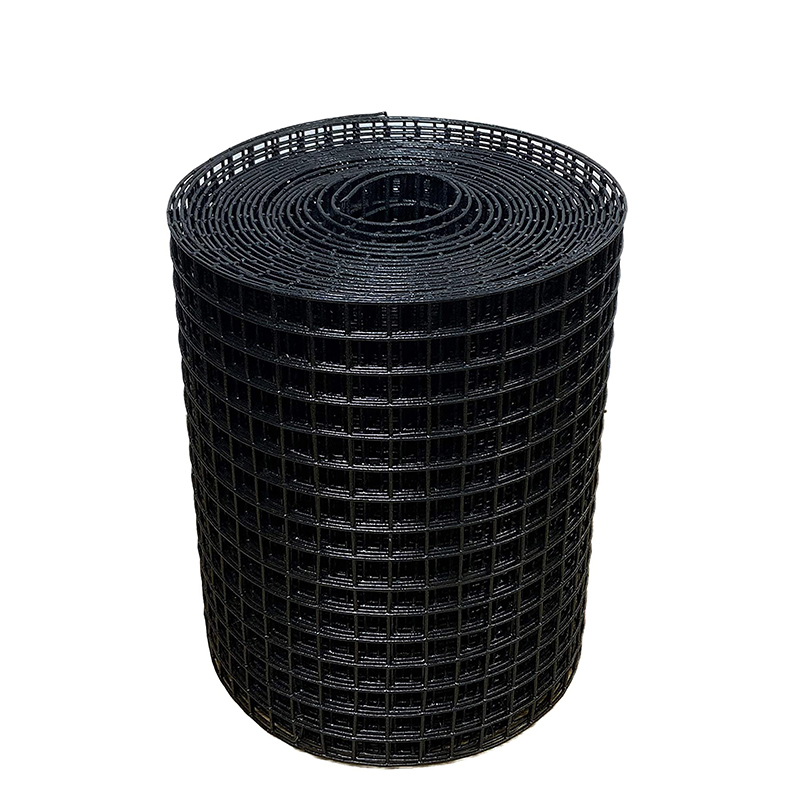
Pvc Coated Wire Mesh
Product information: PVC coated welded mesh Mesh size Wire diameter (in mm) Width&Length In inch In mm Before coating After coating Width:0.5m-2.0m Length:25m,30m […]
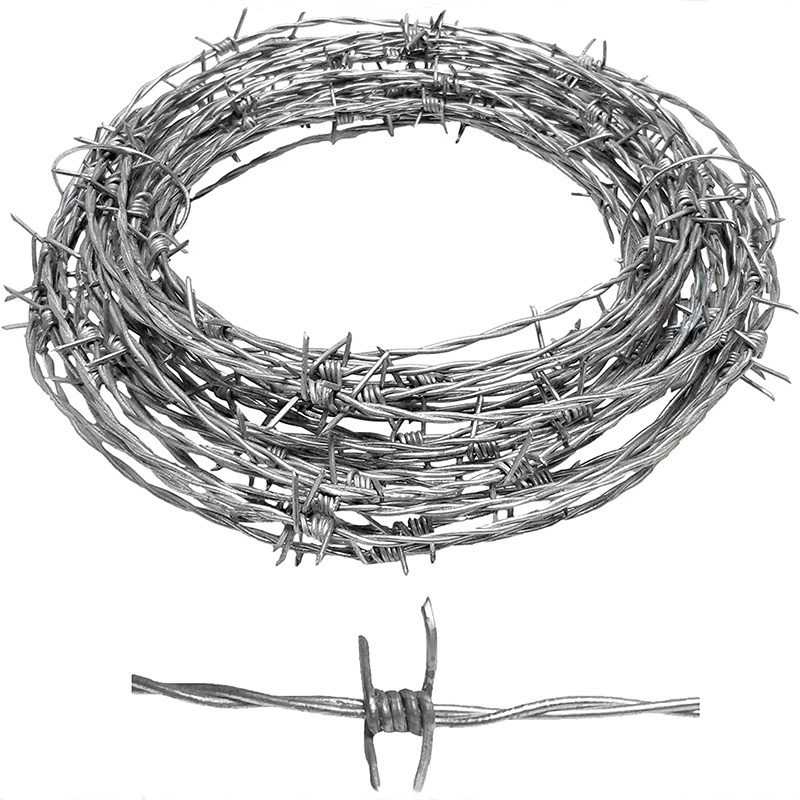
Barbed Wire
Product Information: Barbed Wire Material High quality low carbon steel wire, iron wire, etc. Category 1.Hot dipped galvanized 2.Electric galvanized 3.PVC coated Weving and Charact […]
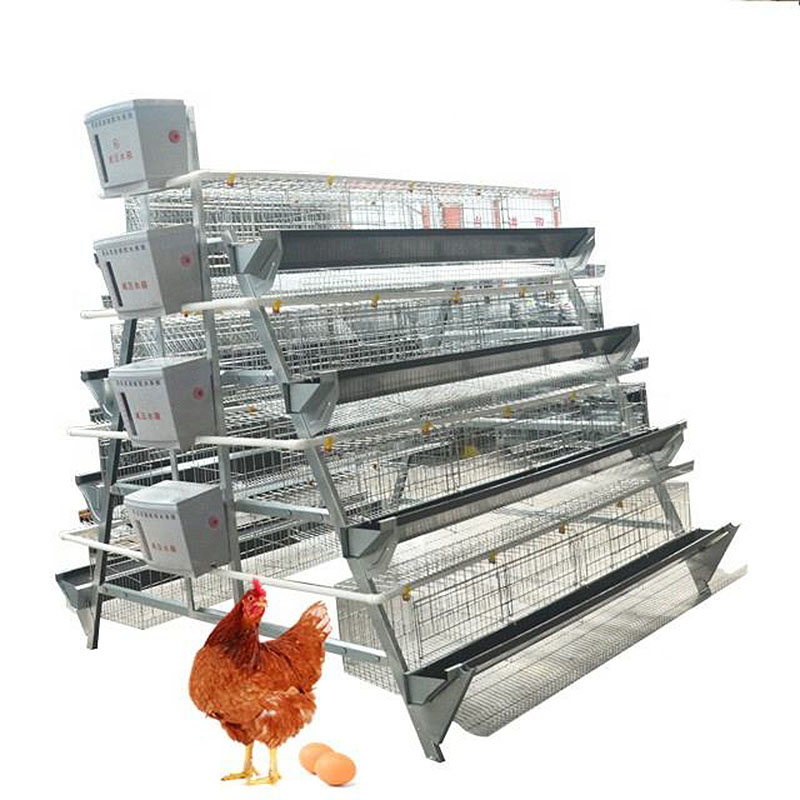
Chicken Cage
Product information: A type 3 tiers for 96-120 chickens Type A type, 3 tiers A type, 3 tiers A type, 3 tiers A type, 3 tiers Size per unit 1.88m*1.8m*1.6m 2.0m*1.8m*1.62m 2.2m*2.4m […]
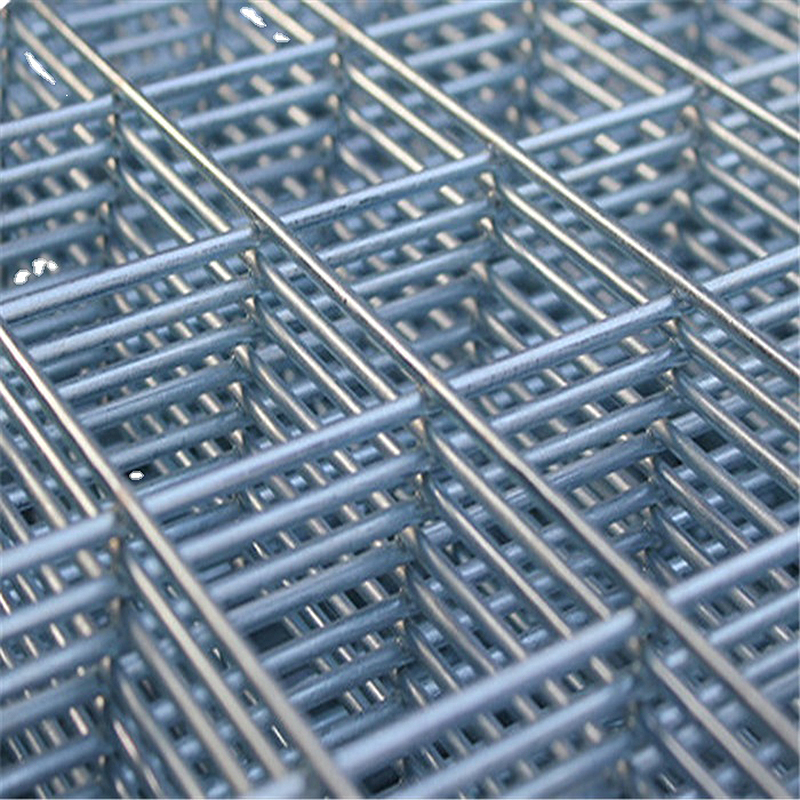
Welded Wire Mesh Panels
Product information: 1.Materials:Stainless steel wire, Low carbon steel wire, Galvanized wire 2.Style: (1)Electro or Hot dipped galvanized after or before welding; (2)Stainless ste […]
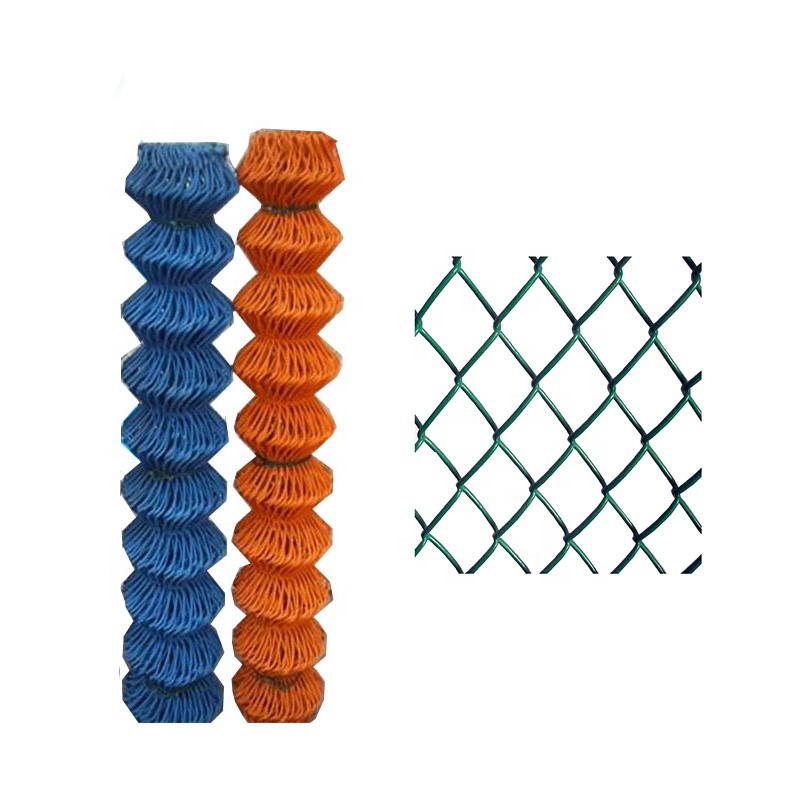
Chain Link Fence
Product information: Specification: Galvanized chain link fence Mesh Wire gauge Width Length 1″ BWG11,12,13,14 0.5-4m 0.5-25m 1-1/2″ BWG8,9,10,11,12,13 0.5-4m 0.5-25m 2 […]
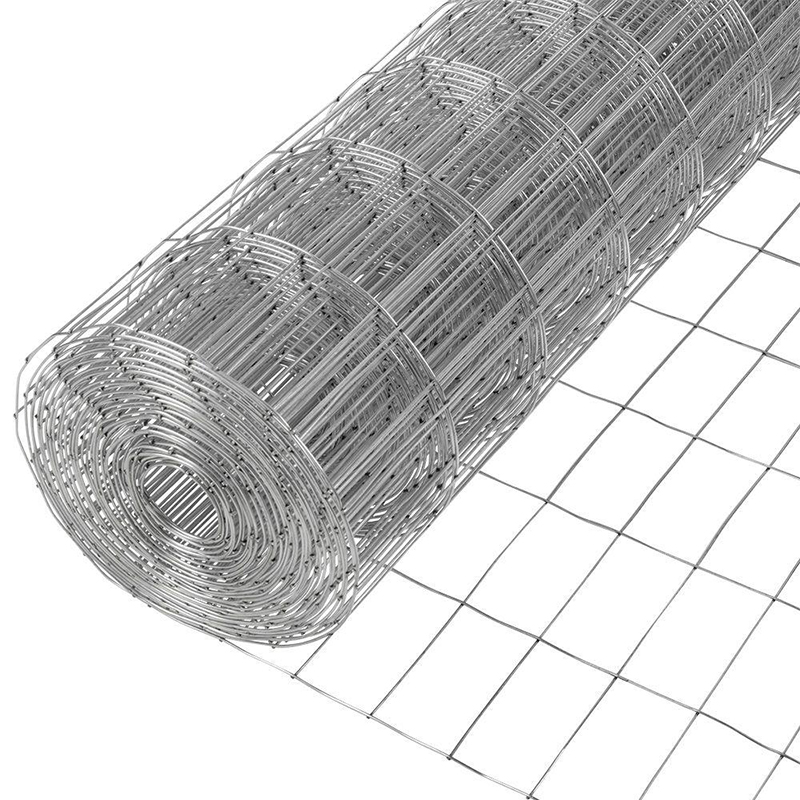
Welded Wire Mesh
Welded wire mesh is one popular materials in concrete, construction and industry. It is made of low carbon steel wire, stainless steel wire after welding and surface treating. Weld […]
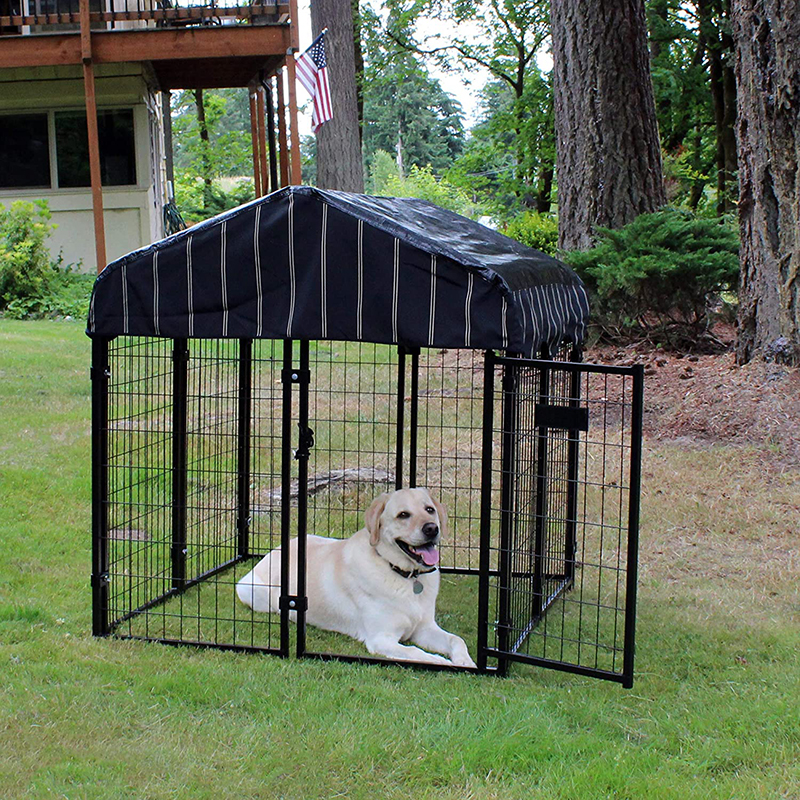
Dog Cage
Factory wholesale large metal multi functional dog cage kennel outdoor About the dog cage: * SAFE FOR DOGS – Our welded wire kennel offers safe protection for dogs of all siz […]
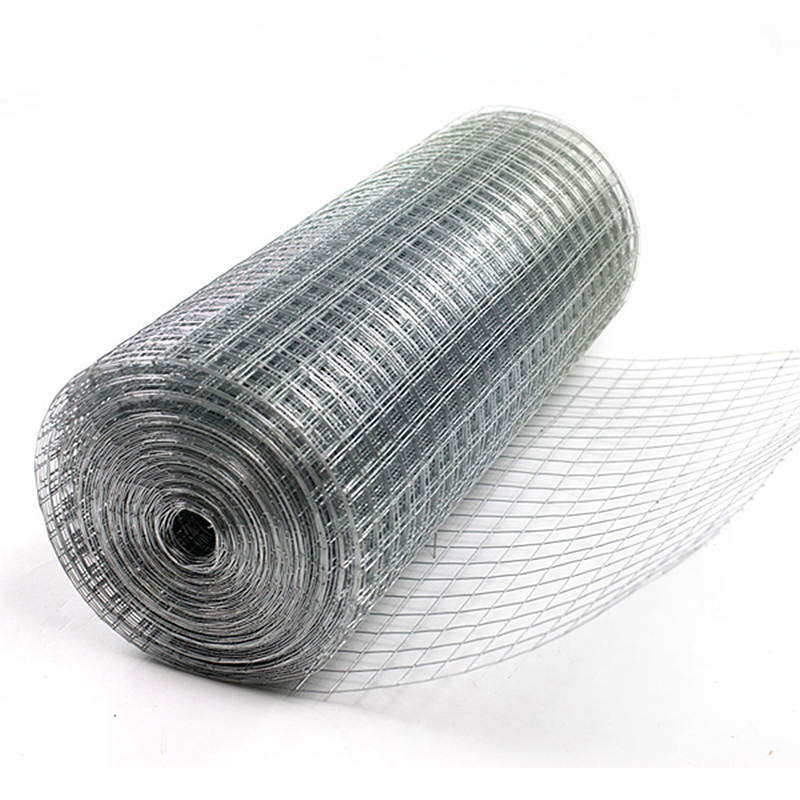
Hardware Cloth
Product information: Welded wire mesh is welded form superior low carbon steel wire and then galvanized or pvc coated or stainless steel wire and then welded. It features smooth su […]
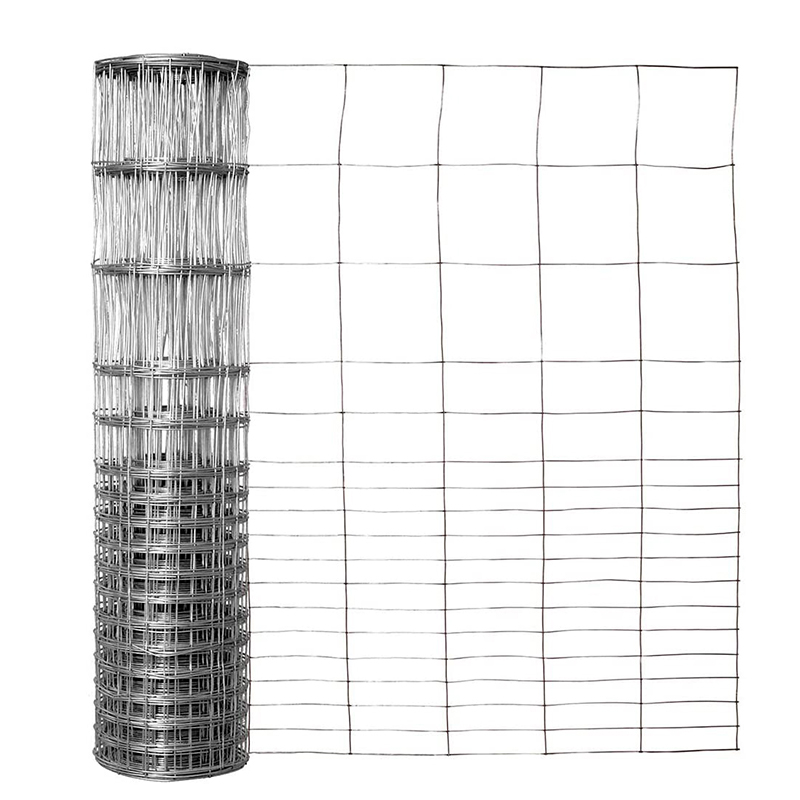
Hot Dip Galvanized Steel Field Fence
Product information: Field Fence also called Grassland Fence,Cattle Fence,Kraal Network Fence,Farm Fence is a widely used in America and Europe.Field fence is manufactured in a wid […]
Post time:2023-06-29

